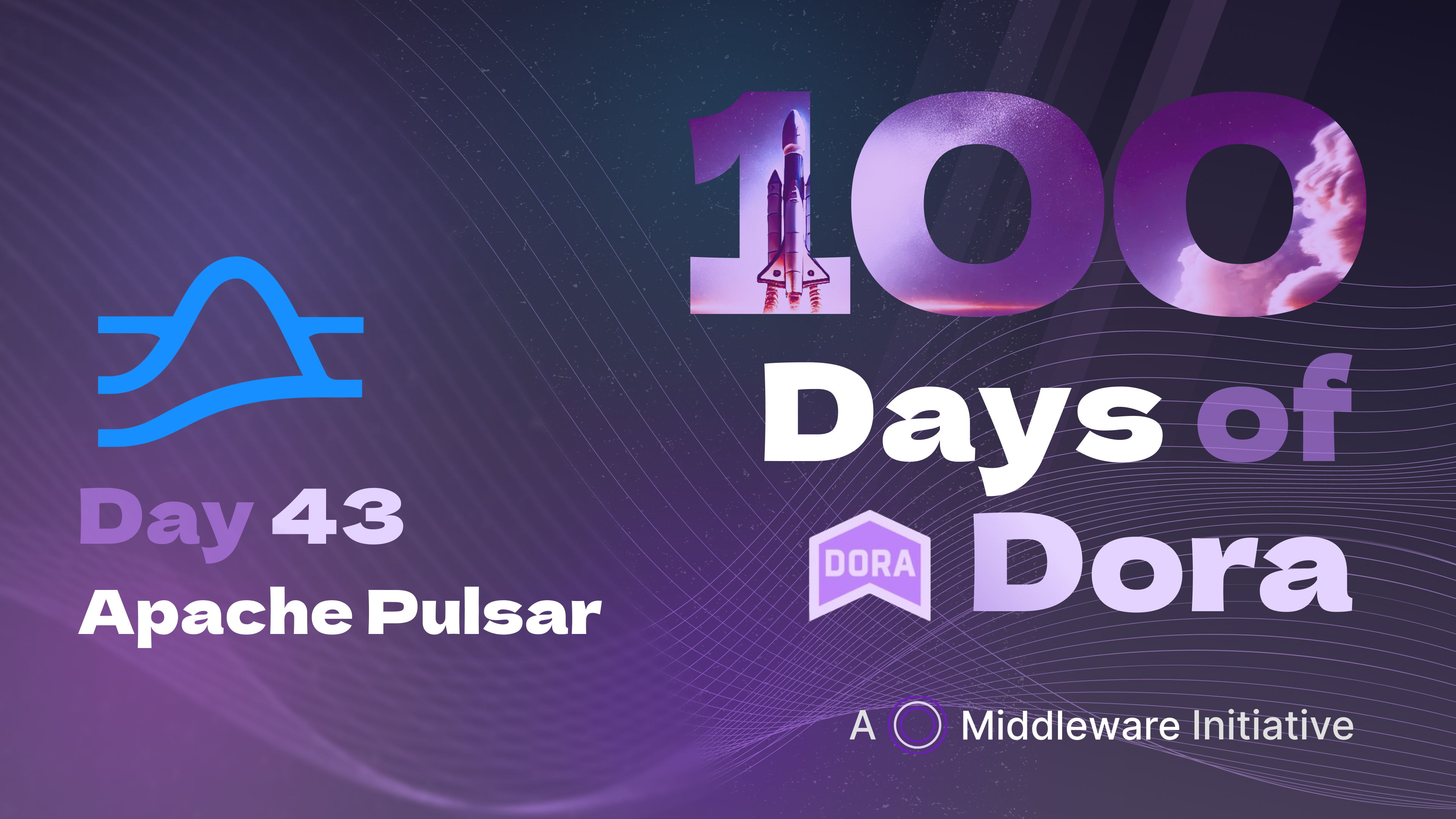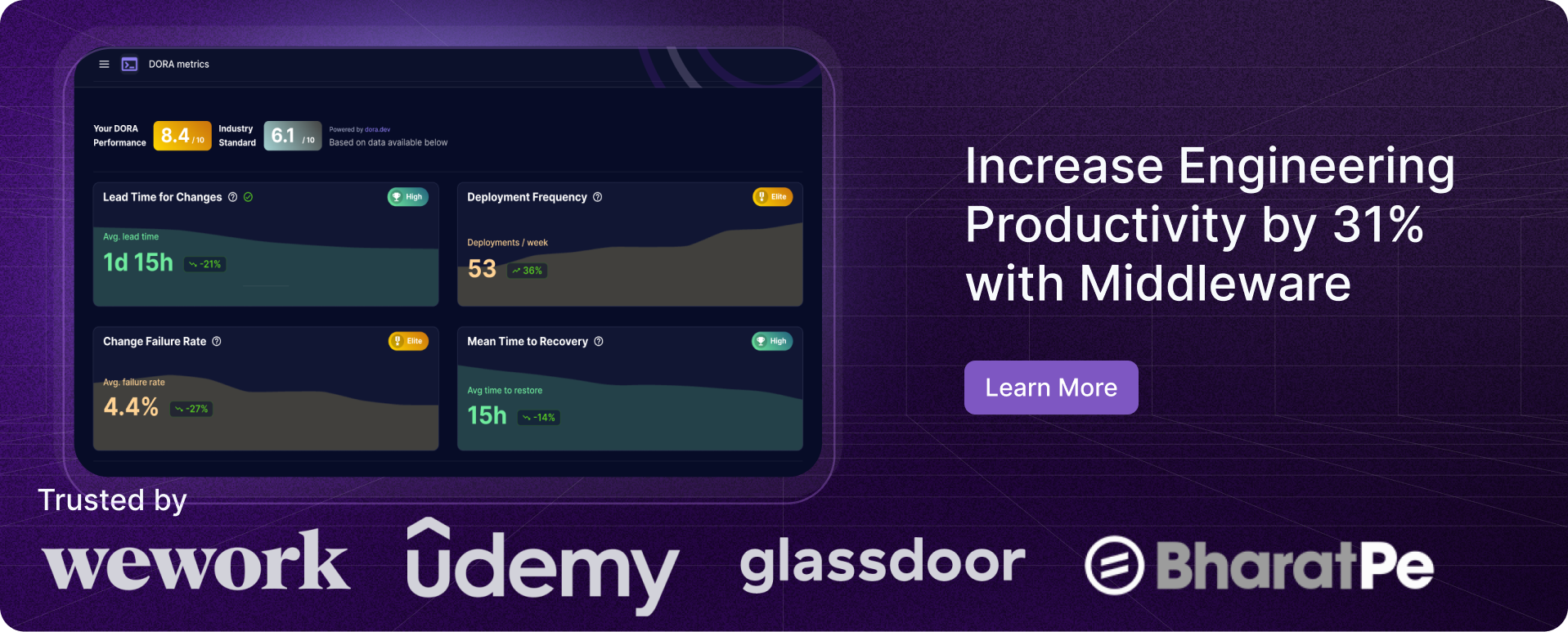Apache Pulsar: Impressive Dora Metrics; Shipping Updates Like a Pro
 Rajni Rethesh
Rajni Rethesh
Imagine a financial institution that processes millions of transactions every second. To ensure that every transaction is processed in real-time and reliably, the institution needs a robust messaging system that can handle high throughput, provide low latency, and support scalability as demand fluctuates. This is where Apache Pulsar comes into play.
Apache Pulsar is an open-source, distributed messaging and streaming platform designed to manage large volumes of data in real time. Initially developed at Yahoo, Pulsar has gained traction for its ability to handle both queue-based and streaming workloads with ease. It offers a flexible architecture that separates the storage and serving layers, allowing for seamless scalability and resilience. By utilizing Apache Pulsar, organizations can achieve real-time data processing, making it a vital tool for modern data-driven applications.
We were curious to know how this platform managed its own engineering workflow. So, using Middleware OSS, we went through their Dora Metrics and found some interesting insights.
What are Dora Metrics?
Dora metrics are key performance indicators used to measure the efficiency and effectiveness of software delivery and DevOps practices, focusing on four main areas: Deployment Frequency, Lead Time for Changes, Mean Time to Restore (MTTR), and Change Failure Rate. Read more about Dora Metrics here.
Also read: Middleware: Open-Source DORA Metrics for a Smoother Engineering Flow
A Strong Foundation: What Apache Pulsar Dora Metrics Reveal
When diving into the Dora metrics of the repository, it’s clear that the team has established a solid foundation for their development processes.
With an impressive average of over 50 merged pull requests (PRs) per month from July to September 2024, they’ve demonstrated not only consistency but also the ability to maintain high throughput. This is particularly noteworthy in August, where they achieved 54 PRs, showcasing the effectiveness of their CI/CD pipeline.
Strengths Worth Celebrating
- Consistent Deployment Frequency
The team has maintained a commendable average of over 50 PRs monthly, indicating a culture of regular integration and efficient development practices.
Noteworthy contributions like PR #23062 and PR #23138 shows how the team manages to juggle feature work and bug fixes concurrently, ensuring that users receive timely updates while new features are developed.
- Low Average First Response Time
With an average first response time of just 8.98 hours by September, the team has shown responsiveness that is vital in open-source communities.
Quick acknowledgment of contributions fosters a sense of belonging among contributors, encouraging ongoing participation and engagement.
For instance, PR #23042, which introduced OpenTelemetry extensions, received timely feedback, boosting contributor morale and participation.
- Limited Rework Time
The near-zero average rework time in July reflects a well-structured review process and efficient communication within the team. This indicates that contributors are aligned in their understanding of requirements, streamlining the development cycle. The well-structured review process has led to smooth merges, as evidenced by the minimal need for rework on PRs.
Areas for Improvement
- High Merge Times
The average merge time of 41.22 hours in July is a significant bottleneck that the team needs to address.
While their responsiveness is commendable, delays in merging can stall overall project momentum.
Implementing dedicated review teams based on contribution types—whether it’s a feature, bug fix, or documentation—could streamline the review process.
For instance, focusing on PR #23170, which tackled critical bug fixes, would benefit from quicker merge times to keep user experience smooth.
- Expanding the Contributor Community
With a relatively small community of 655 contributors, there’s potential to grow this number significantly. Hosting more community events or initiatives like hackathons could attract new contributors. These activities not only broaden the talent pool but also introduce fresh ideas that can invigorate the project, ultimately leading to enhanced innovation.
- Managing Contributor Retention
While responsiveness is high, maintaining engagement is crucial. Acknowledging contributions quickly is one thing, but providing ongoing support and mentorship is another. Establishing formal mentorship programs could help onboard new contributors more effectively and ensure they feel valued within the community. This could help mitigate the risk of contributors losing interest or moving to other projects.
How can they leverage their strengths to overcome their weaknesses?
Build on Limited Rework
Their strong review process indicates effective collaboration. They can formalize this by establishing dedicated review teams for specific PR types, streamlining merges and reducing merge times further.
Enhance Contributor Engagement
Leverage their existing contributor base to create mentorship programs. Experienced contributors can guide newcomers, fostering a supportive environment that encourages growth and helps expand the community organically.
Host Community Events
Use their successful deployment track record to host events or webinars that showcase new features or updates. Engaging the community in discussions around recent contributions can draw in new contributors and stimulate interest in participating.
Apache Pulsar: Impressive Dora Metrics; Shipping Updates Like a Pro
Apache Pulsar has proven itself as a heavyweight contender in the world of messaging and streaming, showcasing impressive Dora metrics that reflect a team dedicated to excellence. With a consistent flow of merged pull requests, swift response times, and minimal rework, they’ve built a robust framework for continuous improvement. However, there’s always room to grow! By addressing high merge times and expanding their contributor base, Pulsar can amplify its strengths even further. With a vibrant community and a commitment to innovation, Apache Pulsar is not just keeping pace but setting the rhythm for a bright future in real-time data processing.
If you are looking to improve your engineering pipeline, then write to us at productivity@middlewarehq.com and we would be happy to help you provide actionable insights into your workflow or you can also try tracking your Dora metrics yourself using Middleware Open Source!
Further Resources
Subscribe to my newsletter
Read articles from Rajni Rethesh directly inside your inbox. Subscribe to the newsletter, and don't miss out.
Written by

Rajni Rethesh
Rajni Rethesh
I'm a senior technical content writer with a knack for writing just about anything, but right now, I'm all about technical writing. I've been cranking out IT articles for the past decade, so I know my stuff. When I'm not geeking out over tech, you can catch me turning everyday folks into fictional characters or getting lost in a good book in my little fantasy bubble.
